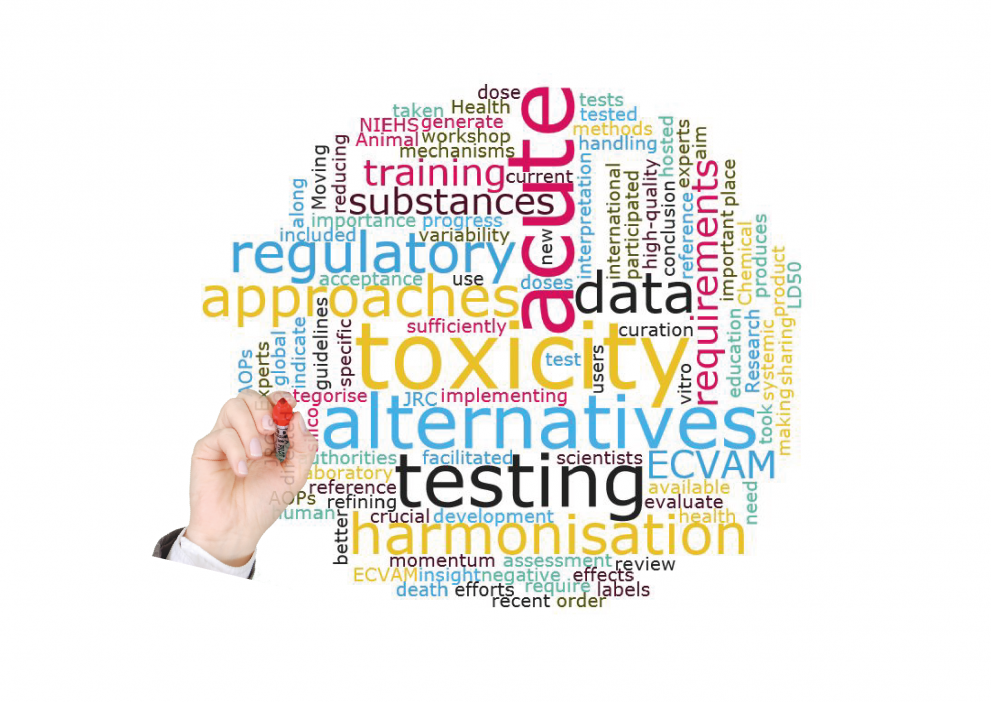
The JRC participated along with other international experts in the review of current approaches for acute systemic toxicity testing.
To facilitate the use of alternative methods and their regulatory acceptance it is important to keep the momentum for data curation and sharing, education and training for users and regulators, and international harmonisation of testing requirements.
Chemical substances may have negative effects on human health at sufficiently high doses. Therefore, regulatory authorities require the assessment of their toxicity to categorise such substances and indicate on product labels precautions to be taken while handling them.
The current animal tests included in regulatory test guidelines generate an LD50, which is the dose that produces death in 50% of the animals tested. However, more recent efforts have been directed at identifying non-animal alternatives for acute toxicity testing with the aim of reducing and refining the use of animals.
Scientists from the JRC's EU Reference Laboratory for Alternatives to Animal Testing (EURL ECVAM) participated to a specific workshop on "Alternative Approaches for Identifying Acute Systemic Toxicity: Moving from Research to Regulatory Testing" which took place in September 2015 and was hosted by the US National Institute of Environmental Health Sciences (NIEHS)*.
There was a conclusion on the need to have a better insight of variability in current animal data in order to evaluate new approaches. Experts also highlighted the importance of understanding the mechanisms of acute toxicity, which could be facilitated by the development of Adverse Outcome Pathways (AOPs). Compiling and making available high-quality reference data, training on use and interpretation of in vitro and in silico approaches, and global harmonisation of testing requirements are considered crucial for a progress in implementing alternatives.
Read more in: Hamm J et al.: "Alternative approaches for identifying acute systemic toxicity: Moving from research to regulatory testing", Toxicol. In Vitro 41 (2017) 245–259. doi: 10.1016/j.tiv.2017.01.004
* The workshop was cosponsored by NTP Interagency Center for the Evaluation of Alternative Toxicological Methods, the PETA International Science Consortium Ltd., and the Physicians Committee for Responsible Medicine.
Related Content
Details
- Publication date
- 4 August 2017
